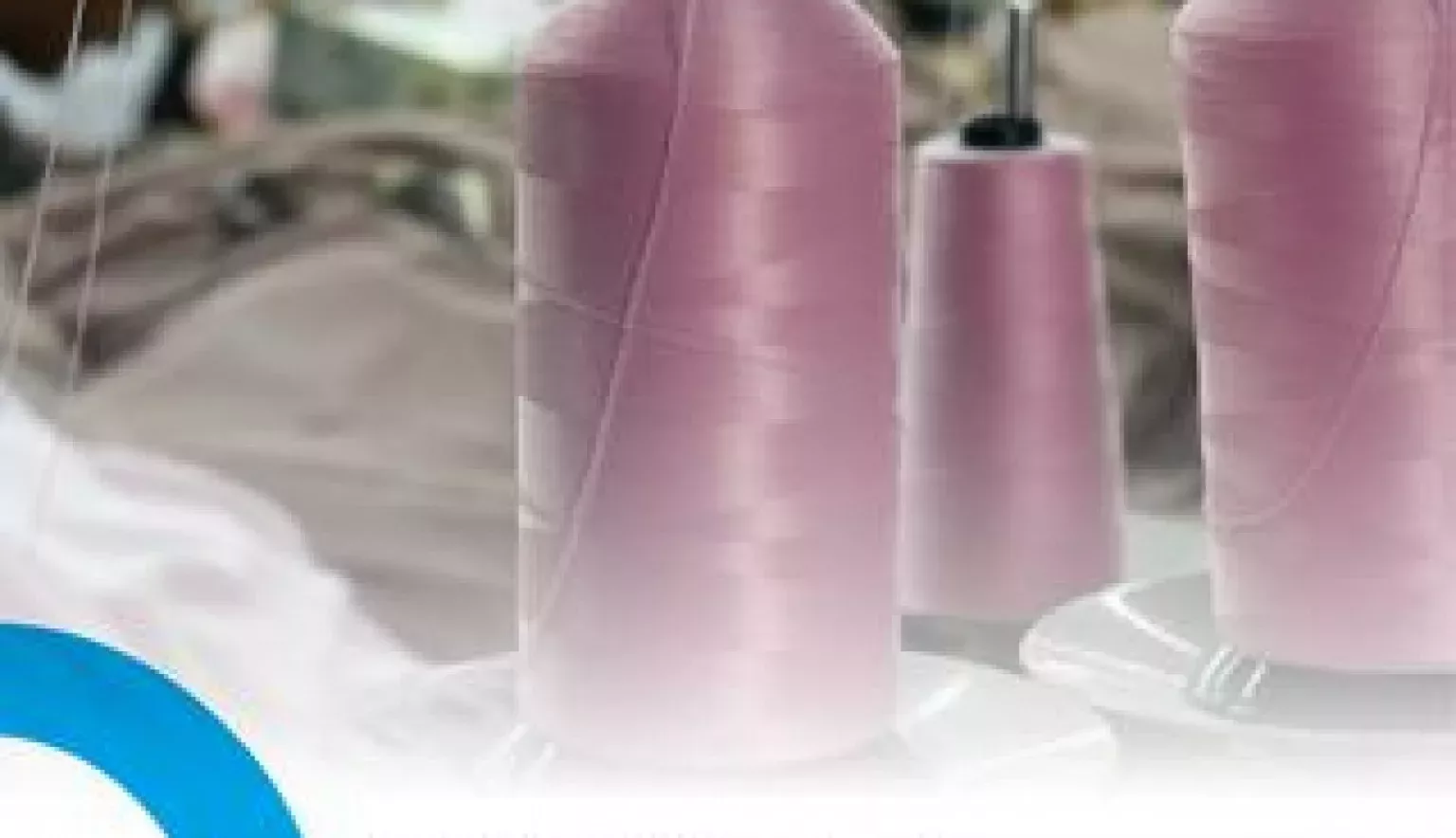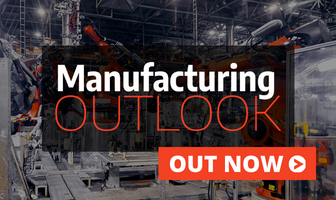Pep Clothing provides insight into the current market conditions for the garment manufacturing industry in South Africa and the company’s biggest achievements as we approach the end of 2014.
- Q&A WITH PEP CLOTHING
- What makes you a unique contender in the clothing market?
- Talk me through your main achievements for this year
- What issues would you say have been affecting the clothing industry as a whole?
- Where do you source your raw materials and why?
- From your perspective, why has Pep Clothing continued to grow from strength to strength?
Q&A WITH PEP CLOTHING
What makes you a unique contender in the clothing market?
Apparel manufacturer Pep Clothing (a division of Pepkor Retail Limited) has been supplying garments to leading southern African retailers for the past 40 years. Our manufacturing operations are situated 10 minutes’ drive from Cape Town International Airport and 25 minutes from the shipping harbour in Cape Town, South Africa. As a low-cost, high-volume mass manufacturer, Pep Clothing is unique within the southern African clothing industry.
We have always invested heavily in training and developing of our team members through internal and external interventions. We have a culture of personal growth and mutual respect. Consequently, this has enabled us to achieve excellence in our processes which ensures that we continuously deliver high quality products with consistent quality performance year after year. Product consistency is extremely important in the school clothing market, as consistency in product quality is essential for repeat orders. We stand out from the crowd as a result of this commitment to our customers and our team culture.
Talk me through your main achievements for this year
Our main objective was to stabilise performance during our extensive factory renovations, as well as reducing waste in the process. We are proud to report that we have to date managed to recover all production losses that were a result of the renovations. Additionally, we have improved our productivity with one percentage point on the British Standards International, as well as reduced overall downtime. We have also developed new fabric types with two of our major fabric suppliers, which will greatly enhance our product offering.
As it stands, we are now 75% complete in renovating the entire factory as part of our Continuous Improvement Projects. We have redesigned the factory layout in order to save 4400m2 of space. This entails moving each of the four factories to a temporary area while the current space is refurbished. Three of the four factories are now complete and in operation. Once these renovations are complete in 2015, we will implement an additional shift in order to increase production capacity; further enabling us to create economies of scale and in doing so deliver more value to our team members and shareholders.
Moreover, the new areas are laid out more effectively in terms of value streams as well as health and safety standards. We are also replacing all our light fittings with new T5 type lights which are more environmentally friendly and use less electricity.
Furthermore, we are now in our third year of upgrading our machines and equipment as part of the Production Incentive programme through the Department of Trade and Industry. We acquired a new automatic cutting machine that will improve productivity, reduce waste and ensure accurate cutting quality.
What issues would you say have been affecting the clothing industry as a whole?
For many companies including Pep Clothing – who use fabrics that are not manufactured locally – the high import duties on fabrics are a barrier to securing competitiveness. The HS Tariff Code structure is a constraint insofar that one code covers several different fabrics, some of which are manufactured locally. This requires a complicated mechanism to provide relief to companies who desperately need it, and at the same time protect the existing textiles factories that still exist in South Africa. To date there has not yet been a solution to this trade barrier, but we are hopeful this will change.
In order for our Industry to compete nationally and internationally, we not only need lower input costs such as raw materials and utility costs, but we also need to resolve the shortage of skilled workers and capable technical management. The solution lies in managing these different expectations responsibly.
Where do you source your raw materials and why?
There are areas in the clothing manufacturing industry that show growth, especially manufacturers that manage to deliver products and services to their customers that are of superior quality than the relatively cheaper imports. Local retailers are also starting to see the potential benefit in shorter lead-times from local manufacturers when compared with imported products. This interest in purchasing products locally is due to two main factors: the weak rand making imports more expensive relative to the previous year(s), and the shorter lead times due to geographic location. The challenge still remains though; the high cost of raw materials, especially those that attract import duties even though those fabrics are not manufactured locally.
More than 90% of our fabric is imported as they are not manufactured locally, which places our supply chain as a critically important part of our business. We manage our operation on a just in time basis and have a dedicated supply chain team on staff who ensure our inbound, internal and outbound supply chain activities are optimised.
From your perspective, why has Pep Clothing continued to grow from strength to strength?
I believe that our leadership style nurtures a culture of growth and appreciation. This in turn creates loyal staff team members who give their very best each hour of every day. As a result of our tenacity and strong position in the market, Pep Clothing received the award for Best Company in Reducing Waste in 2013-2014 from the Cape Clothing and Textile Cluster, as well as several other supplier awards from our customers. And of course, we work within the communities in which we operate. As one of our core markets is children’s school clothing, we actively support the Kidz2Kidz Foundation in Managing the Donations2Distibutions network as well as other monthly volunteer work.































